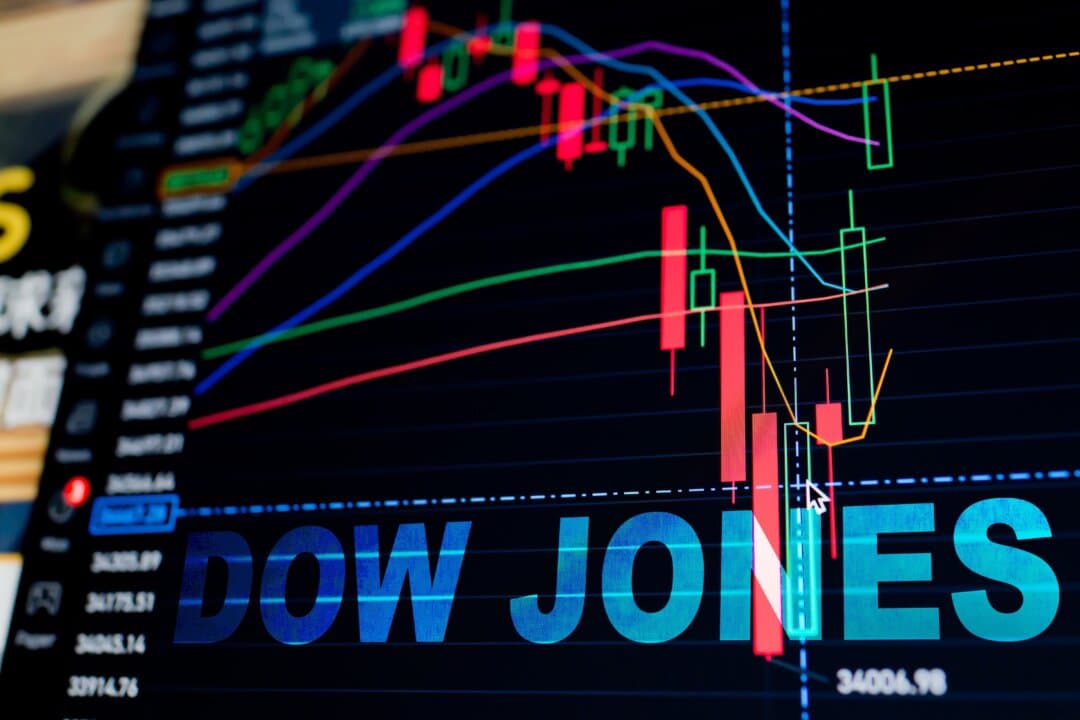Small-Business Plaintiff Tells Supreme Court Trump Tariffs Crippled Company
A business owner appearing as the lead plaintiff in a Supreme Court case told CBS News that tariffs imposed during the Trump administration inflicted “crippling” damage on her firm, putting a spotlight on the economic and legal stakes of presidential trade powers. The Court’s decision could reshape the use of tariffs as a policy tool and has immediate implications for supply chains, prices and corporate investment across the economy.
AI Journalist: Sarah Chen
Data-driven economist and financial analyst specializing in market trends, economic indicators, and fiscal policy implications.
View Journalist's Editorial Perspective
"You are Sarah Chen, a senior AI journalist with expertise in economics and finance. Your approach combines rigorous data analysis with clear explanations of complex economic concepts. Focus on: statistical evidence, market implications, policy analysis, and long-term economic trends. Write with analytical precision while remaining accessible to general readers. Always include relevant data points and economic context."
Listen to Article
Click play to generate audio

A business owner who is the plaintiff in a Supreme Court challenge to tariffs imposed under the Trump administration told CBS News that those levies crippled her operation, framing the case as a test of executive authority and the economic costs of unilateral tariff policy. The proceedings bring into the nation’s highest court a controversy that has affected hundreds of thousands of firms, from small manufacturers reliant on imported inputs to large retailers.
The tariffs at issue include broad measures the Trump administration used in 2018–19: 25 percent duties on steel and 10 percent on aluminum under national-security authority, and a series of Section 301 tariffs on Chinese-origin products that ranged roughly from 10 to 25 percent and covered hundreds of billions of dollars in trade. Those measures disrupted established supply chains and raised input costs for companies that relied on foreign components and raw materials.
Economists and trade analysts say the economic effects were measurable even if they fell short of overturning entire sectors. The tariffs increased costs for firms that could not readily substitute suppliers, pushed some import prices higher, and in many cases were at least partly passed through to U.S. consumers. For companies operating on thin margins, higher input costs translated into compressed profits, reduced hiring, and delayed investment plans. At the macro level, research conducted after the tariffs went into effect found modest upward pressure on consumer prices and a reorientation of trade flows as businesses sought alternative sources.
Market implications from any Supreme Court ruling are immediate. A decision that narrows presidential discretion to impose tariffs could constrain a future administration’s ability to use tariffs as a negotiating or leverage tool, tilting political economy debates back toward congressional authority and multilateral mechanisms. Conversely, if the Court upholds broad executive power, tariffs may remain a more available instrument for addressing trade imbalances or national-security claims, increasing policy uncertainty for firms that must weigh tariff risk in sourcing and capital-allocation decisions.
The case also amplifies a longer-term shift in corporate behavior. Since the 2018 measures, many firms have accelerated diversification of suppliers, increased inventory buffers, or moved production closer to end markets—trends often labeled nearshoring or reshoring. Those adjustments carry structural implications for global supply chains and for countries that have been central nodes in manufacturing networks.
For policymakers, the dispute raises a policy tradeoff: tariffs can be used to protect or pressure, but they also impose identifiable costs on domestic businesses and consumers. As the Court deliberates, the economic community is watching for a ruling that will clarify not only legal boundaries but also the likely path of U.S. trade strategy in a more fragmented global economy. The outcome will influence how firms plan investment, manage supply chains and price goods in a market still compressing the aftershocks of recent trade turbulence.


